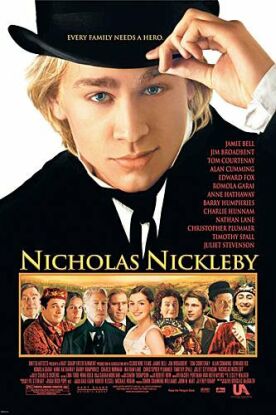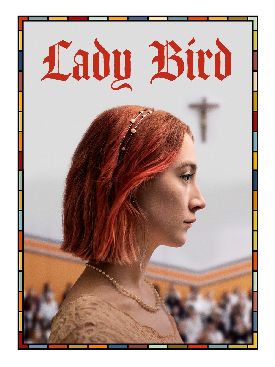Amazon
Amazon, the IMAX film now being shown at the Museum of Natural History in New York, begins with scenes from an old black and white movie of pith-helmeted explorers fighting everything from vicious natives with poison-dart blowguns, to crocodiles to piranha. The picture is a tiny keyhole in the middle of the screen. Then up comes the full IMAX image, in color and ten times its size as the voice of Linda Hunt pooh poohs the “mythology” of the Amazon and assures us that there “Reality is more amazing than the mythology.” Unfortunately, we never learn whether or not this assertion is true as the only reality the film is much concerned with is the simultaneous but unconnected explorations of the jungle, prospecting for new medicines of a native shaman called Julio Marmami and a “Western” ethno-botanist called Mark Plotkin. The story is designed to make the politically correct point that the “biodiversity” of the “rain forest” is (a) threatened by development and (b) a source of new and miraculous medicines.
The excuse for this boring stuff is the fact that “the Amazon basin is home to the planet’s greatest celebration of diversity.” But the biodiversity that is most photogenic—the piranha and the crocodiles, for instance, which that old time movie provided in such abundance—is treated by the IMAX cameras in perfunctory fashion at best. We are vouchsafed, it is true, glimpses of the electric eel and the jaguar, but we see neither in action as a predator (what, otherwise, is their point?), and the only native with a poison-dart blowgun is using it on a bird, which he then prepares for his dinner. The curare with which the dart is tipped, available in as many recipes as there are native medicine men, is itself under investigation for its healing properties. I don’t know about you, but the “mythology” of the deadly poison directed by little brown men against their enemies is a lot more “amazing” to me than this reality.
Discover more from James Bowman
Subscribe to get the latest posts to your email.





